Do you have a set of favourite business platforms that you like to use?
That is a very broad question.
What if I was to ask you, what is your favourite Project Management Platform? Or what is your favourite CRM Platform?
I am sure you could answer me in a second.
It is no secret that we all have our favourite platforms. And there is no harm done in having a favourite platform.
But there is a problem when everyone in a business is, individually, using their favourite platform. This creates a web of different platforms that do not talk to each other.
Let’s Delve Deeper Into Why This Issue Is a Problem With the Below Scenario
A Business Problem: The Scenario
Imagine a small business that has small departments such as sales, marketing, finance and customer success.
Each of those teams have a manager. Each of those managers has a favourite platform.
As a result, each team is using the platform that their manager prefers.
Again, this might not be harmful when done right. But let’s continue the scenario and look at the main issue.
The marketing team has a marketing agenda to attract clients. They use the platform of their manager’s choice that does not integrate with the business’s preferred platforms. So, the rest of the business has no idea what the marketing agenda is, what content is being released when or where, and what message is being established about the business. The marketing team can track incoming website traffic, click rates and sign-ups (amongst much more data). But no other team can.
Once the business identifies a prospect, they are now in the hands of sales. Likewise, the sales team organises their pipelines in one system. Again, it is the preferred choice of the manager. Which is different from what the sales team use to attract clients and how the customer success team onboard clients. The rest of the business don’t know what that pipeline is.
So, the marketing team don’t know what advertising is working or not. They are not privy to the journey of a prospect client after they have landed on a website or landing page, or signed up for an email list.
What’s worse is that once the prospect becomes a client, the marketing and sales teams no longer have visibility of that client’s journey with the business. Why?
You Can Probably Guess Where This Is Going
The customer success team also uses their manager’s preferred platform. So, they don’t know what is the expected incoming client traffic from marketing and sales. Nor do they pass on any information to other platforms about the client’s journey. Another project that is stored in, yet again, another platform. They have no data about any conversation or history of the client. Everyone starts again from page 1.
The sales team signs the client up and passes the baton on to the customer success team. Just like marketing, when they pass the baton on, they too lose all connection with the client’s journey. They don’t know if there are red flags, how they are progressing or if the client is happy, etc.
So, when something happens or someone needs additional information, it needs to be asked for, manually.
And the worst of this, is that finance are not privy to any information that has passed through these 3 different teams.
What if the client wants to buy an extra package, or wants to buy training hours, or would like to hire an expert? This all needs to be manually communicated to finance, because – you guessed it – they, too, use it a different platform.
In this scenario, each team is working as a silo. They have created a web of platforms that do not communicate with each other.
The business has no clear overview of the client journey from when they are aware of the business through to them being a current client. How can the business know what works in attracting clients? What sales strategies are effective? What customer success techniques keep clients on? Or if accounts are being missed?
No team can clearly or easily share information. Time is wasted as conversations are repeated to share knowledge between teams manually.
How to Not Create this Web
You may think, well, I will make sure that as my business grows, I will ensure this doesn’t happen.
While this is an example from a small business, this can also happen with freelancers or sole traders. It is not just about businesses with teams.
For example, when you hire a VA. What system will they use? Yours or their own?
If you hire a sub-contractor, what system will the sub-contractor use? Yours or their own?
You might choose your systems, but overtime employees, sub-contractors, VAs will work with unapproved tools like Trello or Asana. Instead of your Zoho Projects or Klient App as part of your Salesforce suit.
Employees will use workarounds that they are used to rather than highly capable tools that have centralised reporting.
Take a second to think!
Think about it. Has this happened to you at a company you worked in?
- What was the repercussions?
- How much time was wasting in sharing information manually?
- What data did you not have access to?
- What was the outcome?
So, how do you stop this?
You cannot force someone to use a platform, or to stop using a platform
Nor can you watch over someone’s shoulder and ensure they are using the right platforms. That is micromanaging at its finest and no one will be empowered with that attitude.
Putting blocks on websites is one way to stop employees from using other platforms, but is that beneficial to the culture and values? Probably not. Of course, sometimes you do need to have these blocks for security reasons. For example, using Microsoft Teams rather than Zoom. But blocking Trello, Asana and all other project management tools other than your chosen one seems extreme and counterintuitive.
So, what can you do?
Here are some productive ideas on how to avoid the web of platforms:
1. Create KPIs
Create KPIs with rewards that are measured directly from the platforms that employees are required to use.
This doesn’t mean to set a KPI of 5 hours usage time per week on the platform. That is another way of micromanaging.
Consider a KPI such as ‘5 sales per month that is monitored via XYZ platform’. If it does not exist in the platform, the KPI is not met.
Be careful! People may still use their preferred platform and just complete data entry at the end of the month. This will just waste more time. Ensure you have a contingency for this.
2. Educate Employees
Educate employees on why there are centralised platforms. Let them know why you have chosen this specific platform. Focus on the benefits to them and what they will gain from using the platform.
3. Use the Business Platforms Yourself!
The best way to educate staff to use the platform is to use it yourself. Do you have something you want to share with all employees? Share it through the platform!
Don’t send an email that forces employees to use (yet again) another platform. Use the platform! This is a great way to encourage platform usage.
4. Create an Online Course
When new employees are onboarded to the company, teach the platform via an online course. However, be careful to not create a long, boring course that does not support or encourage employees.
A great way to teach the course is through microlearning sessions. These are short training sessions that focus on one particular goal. For example, the session may only focus on one (1) process within the entire platform. This is more motivating than sitting through an hour-long course.
Also, it makes it easier for the employees to quickly relearn sections of the platform after some time. For example, adding a contact is straight forward that an employee will probably do at least once a day (or on a frequent basis). But what about creating a Kanban view of all their contacts, or filtering a report of monthly data. These are not done as frequently, so you can create a small session on how to do these tasks. T
his ensures that your staff have access to the learning material when they need it. Rather than having to rewatch a 45-minute-long webinar for a 5-minute task. Think of microlearning as TikToks or YouTube shorts – they are straight to the point.
- Listen to Suggestions
Listen to your staff’s suggestions, and don’t ignore their preferred platforms. Maybe there is a better option for the mess of business platforms. If a team do decide to use a different platform, and it is more productive for them look at available integrations. Offering integrations can give your employees the liberty to use the platform of choice, as long as everything integrates into a platform. Of course, this depends on the cost to the business. Ensure you analyse the impact of this decision.
However, if you have identified that their suggestion is not the best fit for the business, return to tip 2. Educate staff on why the platform has been chosen over others. Ensure managers are aware of the preferred business platform so that they can ensure this filters to their teams.
Wrap Up
Employees will always look to using their business platforms of preference because they are used to it. It is what they are comfortable with. But this is counterproductive for the business. It will waste more time, data will be lost, and there is no overall picture of a customer journey. Without this, a business cannot clearly see successes and areas for improvement.
All employees need to be onboarded with the business platforms the team will use. You can achieve this by creating a culture of learning through the courses and microlearning sessions you create, as well as educating staff by using the business platforms. Finally, consider incorporating the use of the business platforms into staff performance reviews (KPIs). If their platform truly is a better option for the business, research the integrations available.
Not sure what business platforms are right for your business? Book a consultation with us today to learn more. Click here to book.







